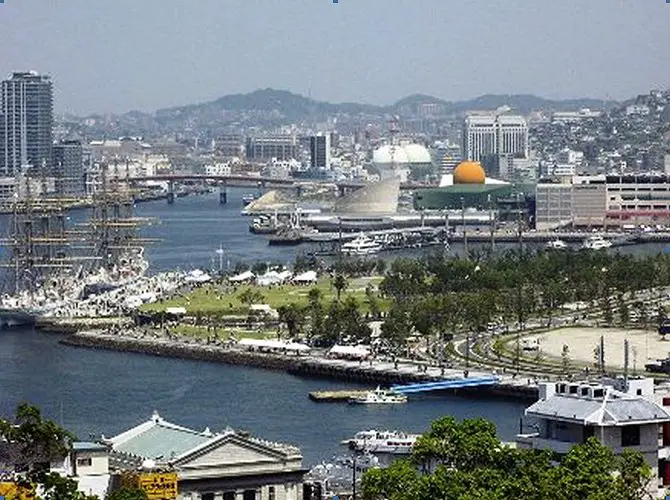| Read all the Civil War Sesquicentennial articles | Comments and Questions to the Author by email at [email protected] |
| A Trial Lawers Notebook | |
| What If New York State Had Seceded | |
| What Happened in April 1861 |
President Lincoln�s War Fleet, April 1861
Charleston Harbor

Fort Sumter

U.S.S. Harriet Lane (a Revenue cutter)

The evening of April 11, 1861, the U.S.S. Harriet Lane, arrived off Charleston Harbor and took station ten miles due east of the lighthouse which was fixed on the north-facing wall of Fort Sumter. This light, in conjunction with a light in the steeple of St. Michael�s Church, in the middle of Charleston, provided a sightline for pilots to use in entering the harbor.
The Harriet Lane was commissioned as a revenue cutter in 1857. It was a 180 foot brigantine-rigged, 674 ton side paddlewheel steamer. Its armament consisted of three guns and two 24lb brass howitzers. It was transferred to the U.S. Navy shortly before it steamed to Charleston Harbor. It was captured by Confederate forces in Galveston Bay, Texas, in January 1862
The Harriet Lane�s commanding officer, Captain Fraunce, was given written orders from Secretary of the Navy, Gideon Welles, to stand ten miles at sea, due east from the Sumter lighthouse and wait for instructions from Captain Mercer, supposed to be commanding and arriving on the U.S.S. Powhatan. When the Powhatan did not appear, and the bombardment of Sumter had commenced, sometime in the late night of the 11th, or the dark morning hours of the 12th, the Harriet Lane nudged into the Swash Channel and rode at anchor.

The Powhatan was commissioned in 1850. She was a side-wheel steam frigate carrying one 11� Dahlgren gun, ten 9� guns, and five 12lb guns. She became Commodore Perry�s flagship during his activities opening Japan�s ports to foreign ships. The U.S. treaty of Amity and Commerce was signed on her deck on July 29, 1858. In 1860, she was Flag Officer Garret J. Pendergast�s flagship at Vera Cruz. She returned to Brooklyn Navy Yard in the middle of March 1861 and, initially, at Secretary of the Navy Gideon Welles�s direction, decommissioned.
To give credibility to the naval war fleet, ostensibly to be sent to Charleston, to force an entrance into the harbor, Lincoln instructed Welles to include the Powhatan in the fleet; thereby doubling the number of guns the fleet was carrying to Charleston. At the time Lincoln gave Welles this instruction, April 5, he had already secretly arranged, on April 1, to have the Powhatan go to sea, under the command of a naval lieutenant, David D. Porter, with Pensacola, Florida her objective.
The U.S.S. Pocahontas

Pocahontas Deck Crew

The Pocahontas, a screw steamer, was commissioned in the U.S. Navy in 1855. She was decommissioned in 1859, rebuilt at the Norfolk Navy Yard and put back into service in 1860. She steamed to the Gulf of Mexico and joined the Home Fleet at Vera Cruz in April 1860. She arrived at Hampton Roads, in March 1861, and was assigned to Lincoln�s war fleet. She reached Charleston early on April 13, as Major Anderson was surrendering the fort. The next day, she helped in the evacuation of Anderson�s garrison and returned north. She carried four 32lb guns, one 10lb gun, and one 20lb Parrott rifled gun.
The U.S.S. Pawnee

The Pawnee Crew on Deck

The Pawnee was commissioned in the U.S. Navy on June 11, 1860. Her armament consisted of eight 9� guns and two 12lb guns. She steamed from the Washington Naval Yard to join the war fleet at sea.

Quayle and Ryan, Nagasaki Harbor
Eighteen years after the plutonium bomb, named “Fat Man,” detonated at an altitude of 1,650 feet over Nagasaki, killing 40,000 human beings instantly, Quayle and I arrived in our peacoats at the spot the photograph was taken. What I remember is the Japanese staring at us. It took Grant, trying to break Lee’s lines, two months to lose that many. |

Nagasaki Today
What If New York State Had Seceded
Joe Ryan
 |
Joe Ryan Original Works @ AmericanCivilWar.com |
|
| About the author: Joe Ryan is a Los Angeles trial lawyer who has traveled the route of the Army of Northern Virginia, from Richmond to Gettysburg several times. |
||
Battle of Gettysburg
General Robert E. Lee
General JEB Stuart
General Jubal Early
Confederate Commanders
General Joseph Hooker
Union Generals
American Civil War Exhibits
State Battle Maps
Civil War Timeline
Women in the Civil War